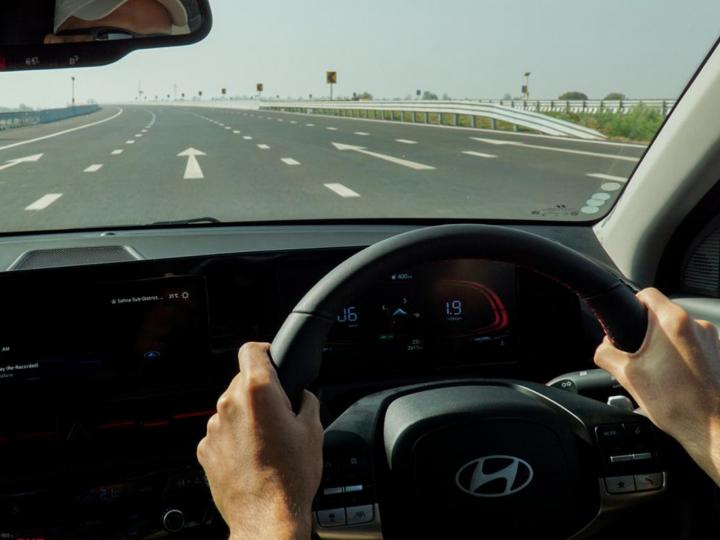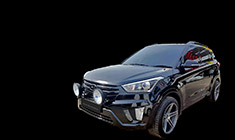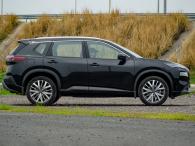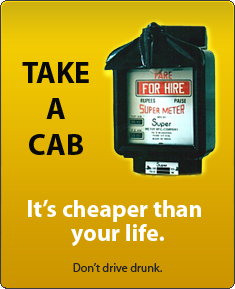News
Neuroscience behind Reacting and Responding: How to be a good driver
Remember, responding takes a moment longer than reacting, but it's worth it for a safer and more enjoyable driving experience!
BHPian chaitanyakrish recently shared this with other enthusiasts.
Today, let's delving into the captivating field of neuroscience to enhance our grasp of the distinction between reacting and responding in difficult situations. You may be curious about why this is significant. Well, comprehending how our brain functions can empower us to make wiser decisions, especially when emotions are elevated.

Reacting is an automatic, emotional reaction to a situation, often driven by past experiences or fears and usually occurring without much thought. Most of the reactions to situations are anger,fear etc which mostly yield negative outcomes.
In contrast, Responding involves a more deliberate and intentional approach. It requires assessing the situation, evaluating the options, and making a considered choice.
The prefrontal cortex, situated at the front of the brain, is crucial for executive functions. This encompasses decision-making, self-regulation, and problem-solving, all of which are vital for a considered response. In contrast, the more primitive part of the brain, particularly the amygdala, governs our emotional and instinctive reactions. When we're stressed or perceive a threat, the amygdala can essentially dominate or override our brain, resulting in impulsive reactions rather than thoughtful, rational responses.

This is where Daniel Kahneman's concepts of System 1 and System 2 thinking come into play, as outlined in his research and book, “Thinking, Fast and Slow.”
- System 1 embodies the reactive mode, characterized by its speed, intuition, and emotional drive. It's the brain's default mode, particularly under high stress.
- Conversely, System 2 represents the responsive mode – it is slower, more thoughtful, and demands conscious effort.
Therefore, the crucial aspect is to recognize when we are functioning under System 1 and learn to activate System 2 when needed.
By grasping the neuroscience behind reacting and responding, we can better control our emotions and make more considered choices, even in the most difficult circumstances.
So, how does it apply to driving ?
What is Reacting ?
Reacting in driving means, when a high risk situation is developing and we do not observe and anticipate, we often react in panic using horn and brakes either due to fear or anger.
These high stress situations during driving invokes the survival mode in our brain and its normally not good as its consequences can be a disaster.
This is a perfectly natural and typical response, involving the activation of the sympathetic nervous system and the triggering of ingrained habits developed over a lifetime of experiences and interactions.
However, such reactions often do not contribute positively to our well-being or safety. If not managed, these responses can lead to increased stress and distraction, and ultimately are not in our best interest when operating a vehicle.
This is where training our mind is required where we can reduce unwanted risks.
Examples like,
- When you are driving and someone cuts you off and you are angry at him now.
- When you are driving on the highway and someone joins the highway without looking at traffic and you react instinctively using horn etc.
- Pre-conceived thoughts about certain vehicles to be aggressive. The moment we see them, we will be in rage.
- A dense traffic situation where we cannot do anything and someone makes a close move and we end up getting into road rage.
- Slamming on the brakes when someone cuts you off (impulsive and emotional)
- Honking the horn or gesturing angrily at another driver (defensive or aggressive)
- Speeding up to catch up to someone who cut you off (impulsive and competitive)
All this behavior comes from past experiences and by observing what’s happening around.
Example, look at this clip where a driver got enraged by another driver cutting him off and he ended up chasing him and ended in a bad crash.
Another example where a driver got angered after someone cut him off.
Some road rage situations arising due to reactions to situations. Another video.
Responding in Driving
Responding means giving out a thoughtful action which is given after critical thinking and carefully evaluating the positives and negatives in a situation.
In a response, the mind stays calm, which aids in understanding the incoming stimulus and doing an action after engaging both the conscious and unconscious mind. It involves reflecting on how the response will affect the environment and others around us.
Responding is not a default behavior of the brain and it must be cultivated.
Responses become automatic when an individual has self-awareness, self-regulation, mindfulness, empathy, and effective social skills.
By responding to a situation, we can create an outcome that is safer and beneficial to everyone around.
How does it apply during driving?
Assume we are driving on the highway and we know that the drivers could cut us off, we will not be surprised.
We will learn that we cannot do anything to change the situation, if the driver had decided to cut us off. Instead of engaging with him in rage, we can let go off him and focus on the big picture, which is keeping ourselves and our passengers safe.
Some examples of responsive behaviour while driving
- Taking a deep breath and maintaining a safe following distance and CAS when someone cuts you off (thoughtful and intentional)
- Checking your mirrors and blind spots before changing lanes (considering the situation and context)
- Adjusting your speed according to road conditions and weather (thoughtful and intentional)
- Signaling your intentions and checking for other drivers before merging or changing lanes (considering multiple perspectives)
A few clips from my dashcam to show the responsive behaviour to avoid potential rage.
I know that the car might cut me off, I’m prepared to allow the merge.
An exit/entry is coming and I’m prepared for cutting off by other cars and kept myself at a safe distance.
Conclusion
We all tend to react more frequently than we respond, as responses require deliberate initiation by us whereas reactions are spontaneous.
Although learned, responses enable us to make more informed decisions. Thus, to improve decision-making and foster positive outcomes through our actions, it is always preferable to respond rather than merely react.
3 step process to train our brain to respond than react :
- Identify the situations where we are reacting often. Examples like someone cutting us off, someone tailgating us, bikers cutting cars left,right and center, trucks moving slowly etc.
- Now, this preparation helps us to plan our responses better instead of reacting to the situation in an impulse. When we know that, someone cutting us off is so common, there’s no need to react in surprise. We automatically, keep our speeds in control to manage the situation better.
- Now, with our response system is in control of the situation, we avoid going to panic mode.
While responding, we are in control of the situation whereas in reactions, outcome could be unknown as we do not know, how the other driver takes our action.
By responding instead of reacting while driving, you can:
- Reduce stress and anxiety
- Improve your safety and the safety of others
- Avoid accidents and conflicts
- Maintain a positive and patient attitude
Remember, responding takes a moment longer than reacting, but it's worth it for a safer and more enjoyable driving experience!
Check out BHPian comments for more insights and information.





.jpg)












